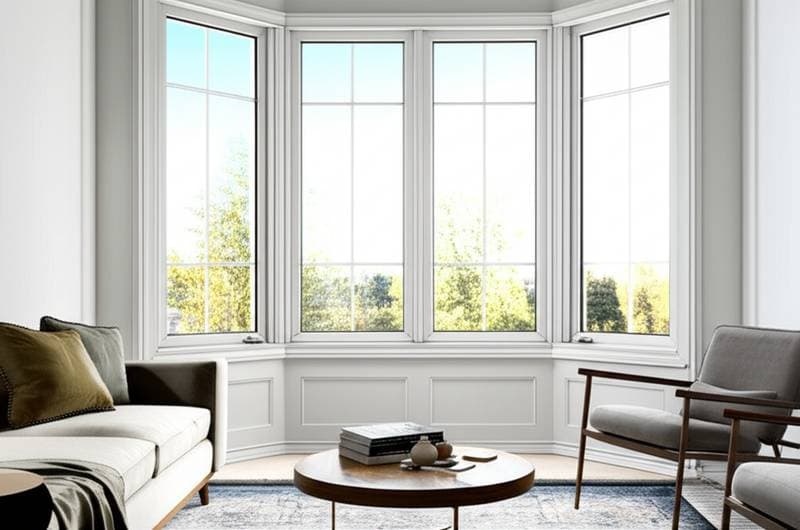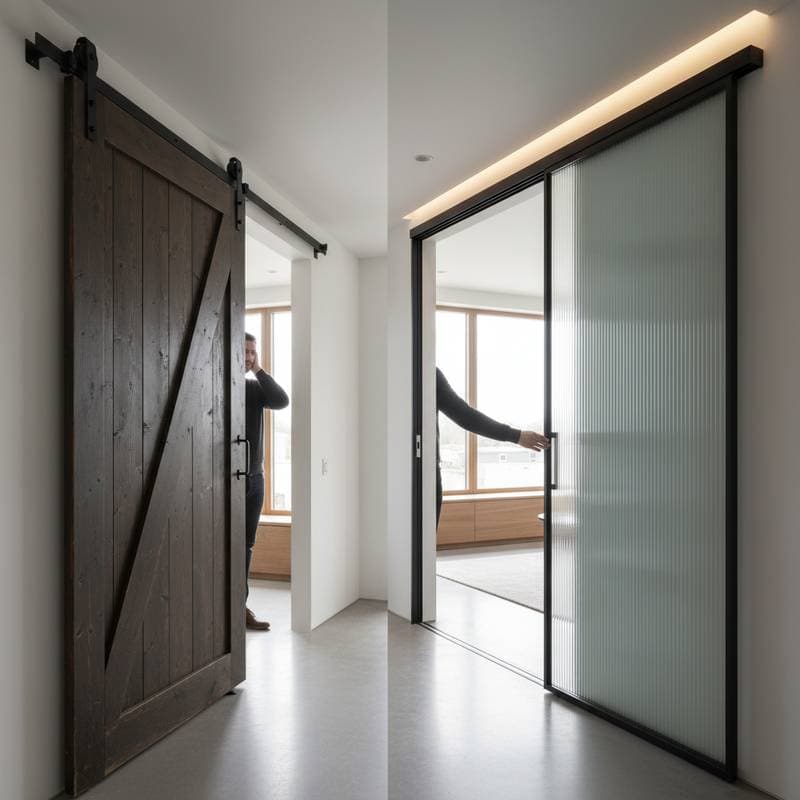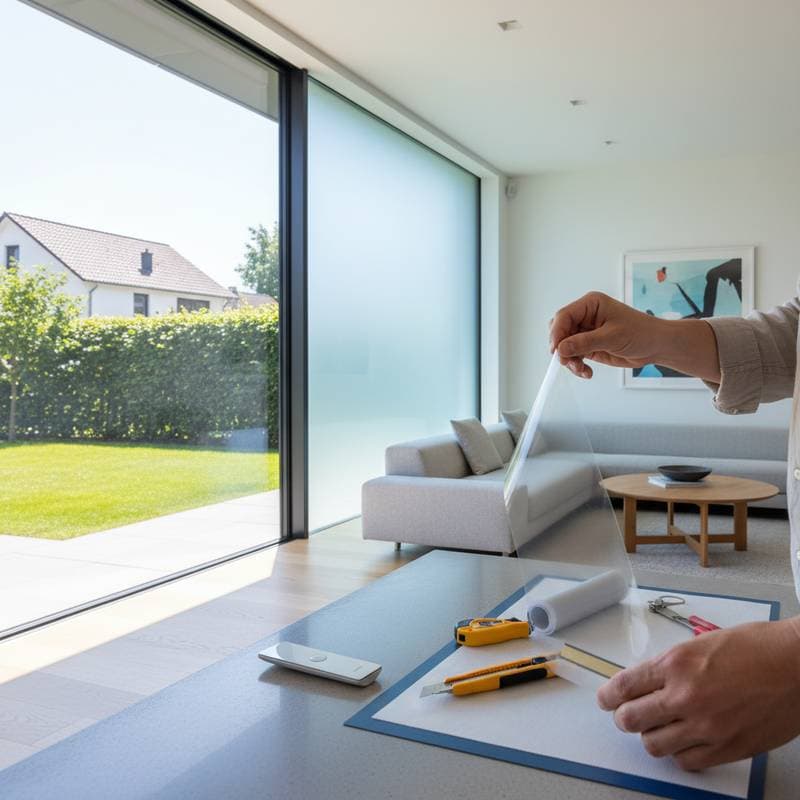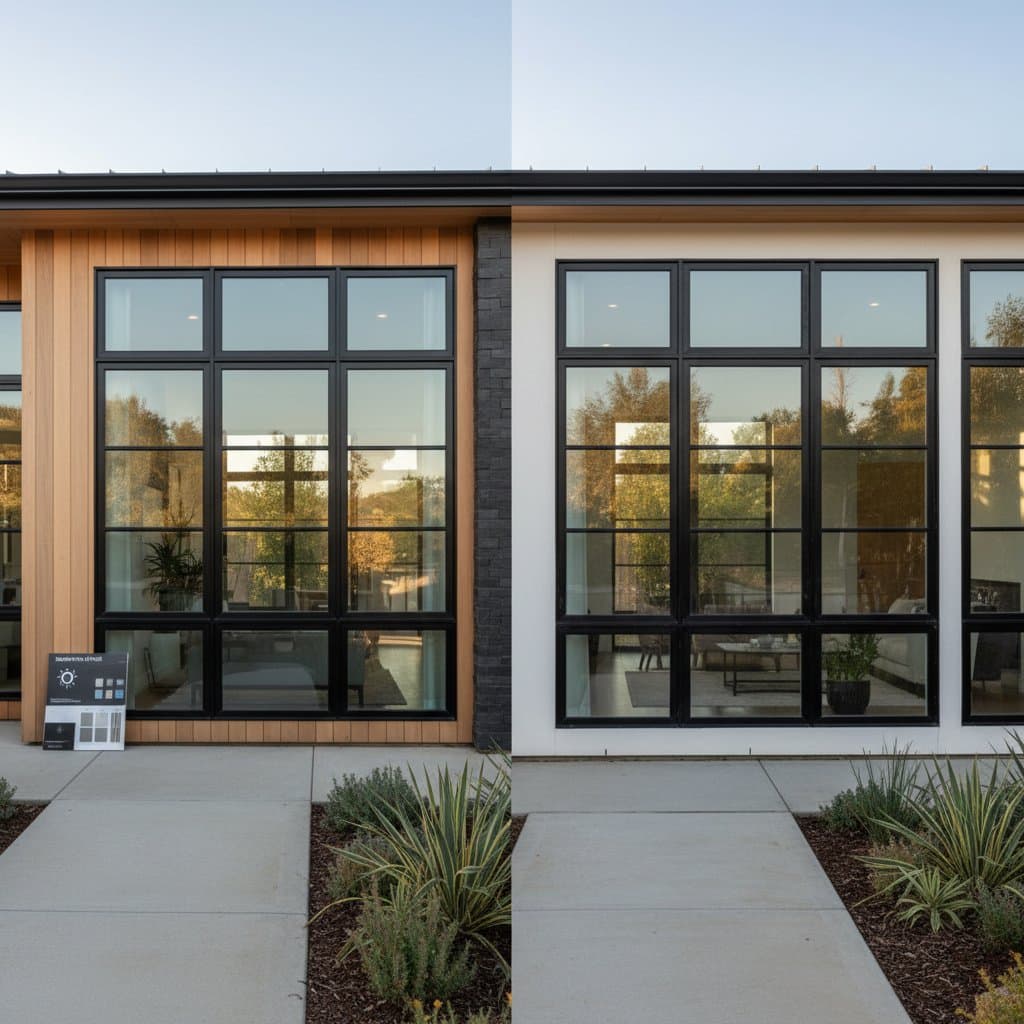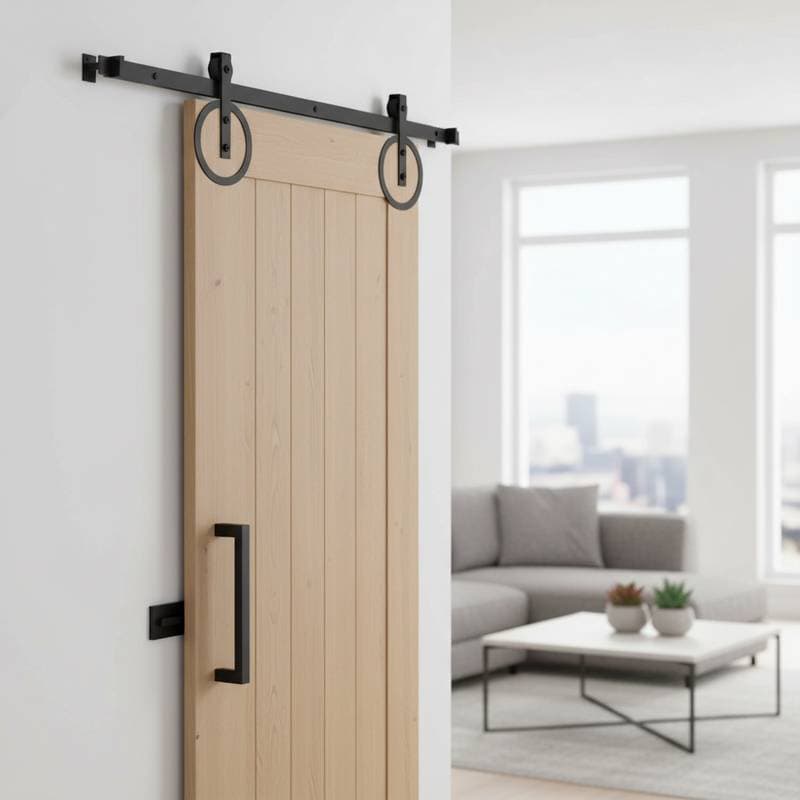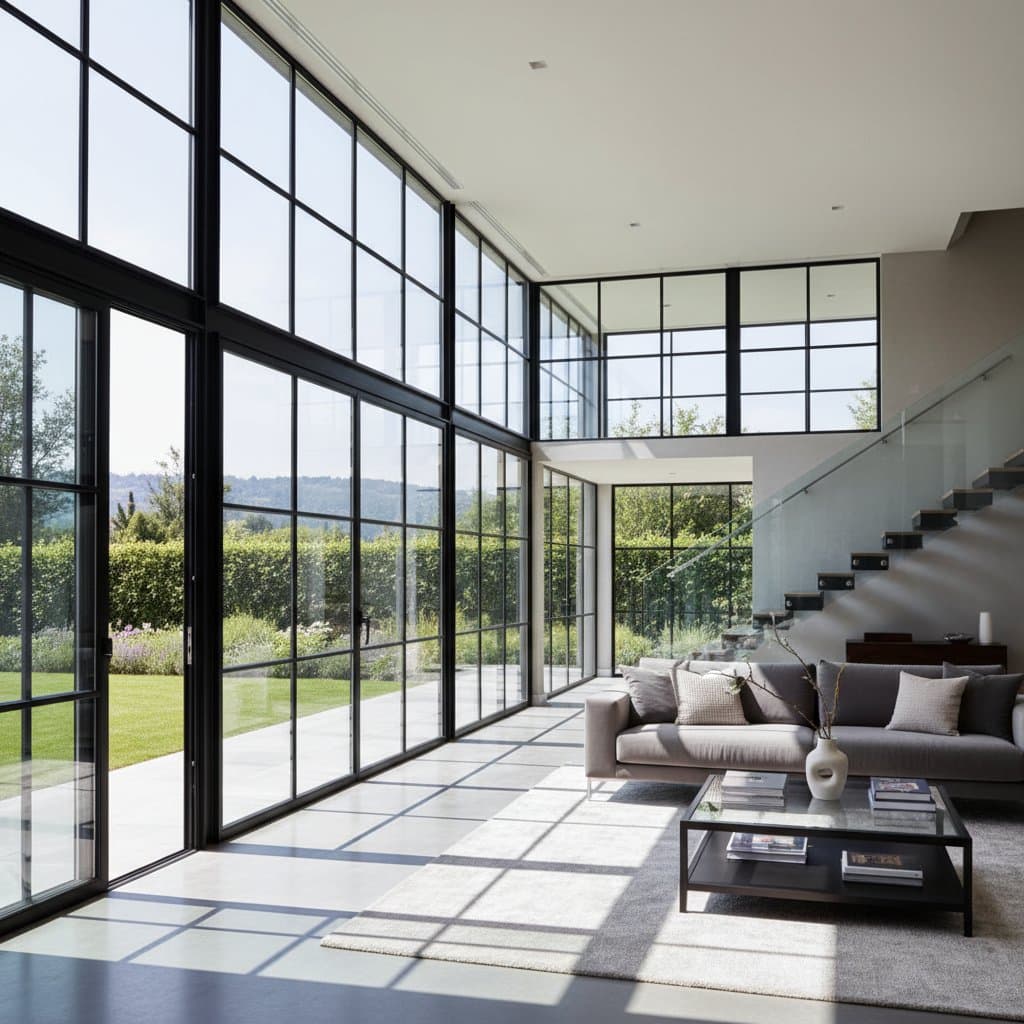Why Homeowners Swap Bay Windows for Picture Views
Across many neighborhoods, homeowners transform the look and feel of their living spaces by replacing traditional bay windows with wide, uninterrupted picture windows. This shift reflects changing tastes, lifestyle needs, and practical priorities. What once symbolized architectural charm and dimensionality now competes with a preference for simplicity, efficiency, and panoramic clarity. Understanding why this trend gains momentum requires examining both the functional and emotional drivers behind it.
Understanding the Difference
A bay window projects outward from a wall, forming a small alcove inside the home. It often includes three or more panels set at angles, creating depth and visual interest from both inside and outside. A picture window, in contrast, consists of a single large pane fixed directly into the wall. It does not open or protrude, but it provides an unobstructed view of the outdoors.
While the bay design offers architectural character and added space, the picture style delivers clean lines and modern simplicity. Both can prove beautiful, yet they serve different goals in home design and performance.
Changing Aesthetic Preferences
Modern architecture favors restraint and clarity. Picture windows align with this mindset, emphasizing uninterrupted glass and minimal framing. They draw attention to the outside world rather than the window structure itself. Many homeowners value the sleek continuity that picture windows provide, especially when paired with minimalist interiors or open-plan layouts.
Bay windows create more visual movement. Their angled forms can feel traditional or ornate, which may not align with the cleaner, more geometric lines that dominate current design preferences. For homes built in previous decades, swapping a bay for a picture window modernizes the facade without major reconstruction.
Lifestyle and Practical Considerations
The decision to replace a bay window extends beyond appearance. Many homeowners discover that bay windows, while attractive, introduce challenges in everyday life. The extended sill becomes a decorative ledge that attracts clutter. The angled frames prove harder to clean, and the joints between panels collect dust or condensation.
Picture windows simplify maintenance. A single pane requires far less effort to keep clear, and the absence of moving parts means fewer mechanical issues. For busy households, this convenience holds real value.
Another lifestyle factor involves interior space usage. Bay windows create a protruding area that may not fit furniture layouts. Some homeowners find the alcove awkward, especially in smaller rooms. A picture window restores a flat wall surface, allowing more flexible arrangement of seating, shelving, or artwork.
Thermal Performance and Energy Efficiency
Energy efficiency influences modern window decisions significantly. Bay windows include multiple seams and angles, which introduce more points for air leakage. While high-quality models insulate well, the complexity of the frame design increases the risk of drafts or uneven temperature distribution.
Picture windows, being fixed and sealed, perform better in energy retention. The solid structure minimizes air infiltration, and the large glass surface incorporates advanced coatings that reduce heat transfer. When combined with double or triple glazing, this style improves comfort and lowers energy costs.
For homes in climates with extreme temperature swings, this efficiency advantage influences the replacement decision more than aesthetics alone.
Cost and Value Considerations
Price comparisons between bay and picture windows depend on size, materials, and installation complexity. Bay windows often require structural support and precise framing adjustments. The projecting design needs additional roofing or siding integration, which raises labor costs.
Picture windows install more simply. They fit flush with the wall and do not require external framing extensions. This difference makes picture windows a more affordable replacement option, especially when upgrading multiple units at once.
Cost should not serve as the only factor. Bay windows increase interior space and architectural value, while picture windows enhance efficiency and modern appeal. The right choice depends on which benefits matter most to the homeowner.
| Option | Initial Cost | Lifespan | Maintenance | Best For |
|---|---|---|---|---|
| Bay Window | Higher due to structure | Long with upkeep | Moderate to high | Traditional aesthetics, added space |
| Picture Window | Moderate | Very long | Low | Modern design, energy efficiency, easy care |
Installation Process and What to Expect
Replacing a bay window with a picture window follows a defined sequence.
- Planning and Evaluation: A professional installer starts with structural assessment. The wall opening receives precise measurement, and any load-bearing supports undergo review to ensure stability once the projection removes.
- Preparation Steps: The existing bay frame, roof cap, and seat board remove. This process may expose areas that need insulation or repair. Complete sealing around the opening proves critical before placing the new unit.
- Main Implementation: The picture window frame anchors into the wall cavity, aligned to maintain level and plumb positioning. Proper flashing and weatherproofing materials apply to prevent water intrusion.
- Quality Assurance: Once installed, the perimeter inspects for gaps, and sealant applies evenly. The glass surface checks for clarity and uniformity.
- Completion and Follow-up: Interior trim restores, and finishing touches like painting or caulking complete. Homeowners verify that insulation and sealing remain thorough to ensure long-term performance.
Durability and Maintenance Over Time
Picture windows feature fewer components that wear out. Since they do not open, no hinges, cranks, or latches fail. With proper sealing and periodic cleaning, they last for decades with minimal attention.
Bay windows require more upkeep. The individual panels need periodic adjustment to maintain tight seals. The exterior roof cap inspects to prevent leaks, and the joint lines reseal occasionally. For homeowners seeking reduced maintenance, this difference often tips the balance toward picture windows.
Design Flexibility and Light Management
One advantage of bay windows lies in their ability to capture sunlight from multiple angles. This effect makes a room feel brighter and more dynamic during the day. Picture windows, while facing one direction, deliver a broader, more consistent light source. For rooms that already receive ample sunlight, this even illumination feels more comfortable and balanced.
Modern picture windows include tinted or low-e glass that moderates glare and reduces fading on furniture and flooring. This control supports both aesthetic and practical goals, especially in rooms used for reading, dining, or relaxation.
Climate and Environmental Factors
In regions with strong winds or heavy precipitation, picture windows offer stability and weather resistance. The flat installation surface and sealed edges reduce the risk of leaks. In coastal or high-altitude areas where air pressure and moisture fluctuate, this durability becomes an attractive advantage.
Bay windows, with their outward projection, catch wind and rain more directly. Proper installation and maintenance mitigate these issues, but over time exposure leads to greater wear. Homeowners in such climates find that picture windows deliver a more reliable long-term solution.
Choosing What Works Best
The decision between maintaining a bay window or switching to a picture style depends on the home's architecture, the household's lifestyle, and long-term comfort goals. Those who value traditional depth, decorative seating areas, or varied light angles prefer to keep or restore their bay design. Homeowners who prioritize clarity, thermal performance, and low maintenance lean toward the picture alternative.
When planning the replacement, consider these points:
- Room use: A living room benefits from a wide picture view, while a reading nook might suit a bay.
- Exterior symmetry: Changing the window type alters the balance of a home's facade.
- Energy priorities: Picture windows deliver better sealing, while bay windows require extra insulation work.
- Budget: Installation complexity and finishing details influence overall cost.
Working with Contractors
Selecting the right contractor makes the difference between a smooth transition and ongoing issues. Professionals experienced in both bay and picture window installations prove ideal. Ask for references, and review photos of prior projects with similar structural modifications. Clear communication about goals, materials, and finishing details ensures satisfaction.
Long-Term Value and Daily Enjoyment
Picture windows enhance daily life through brighter, unobstructed views that connect interiors to the outdoors. They reduce energy bills and maintenance demands, adding practical value over time. Homeowners report greater satisfaction with the modern simplicity and efficiency these windows provide, transforming spaces into more comfortable, contemporary havens.

